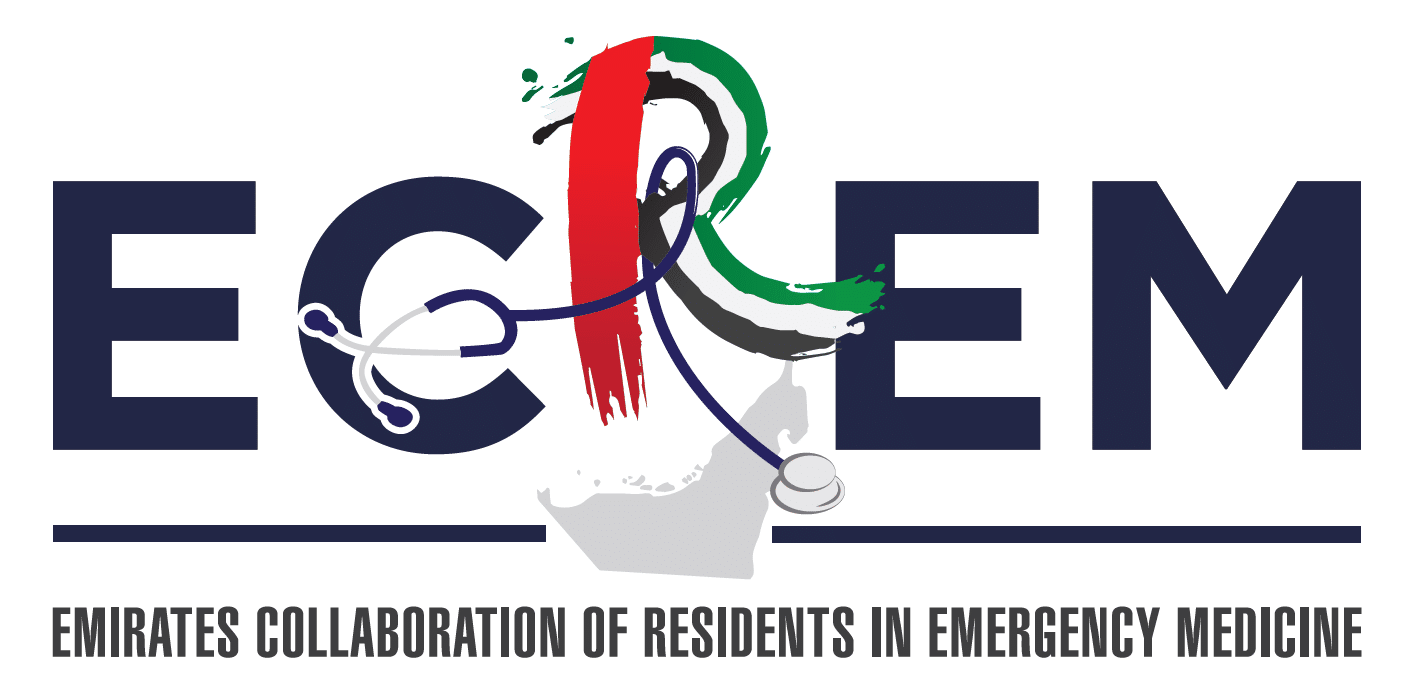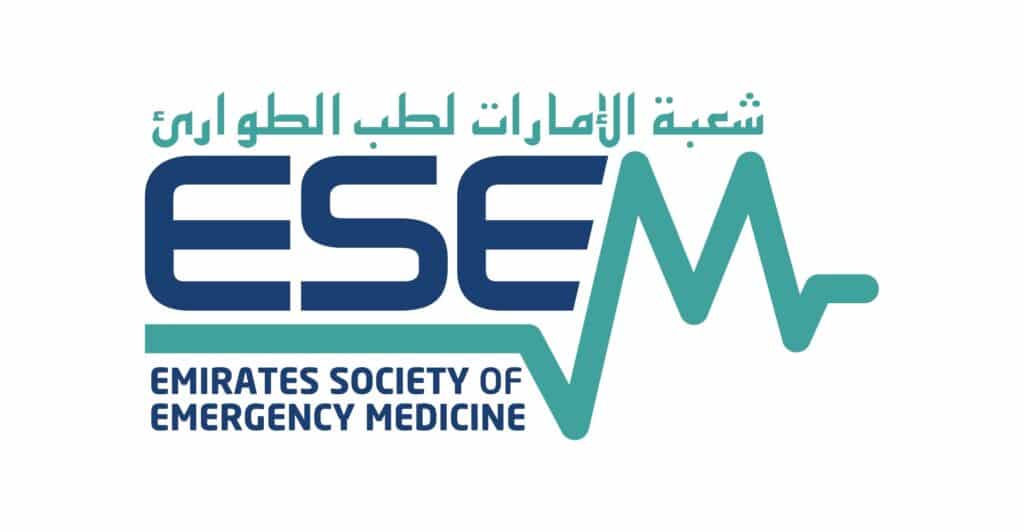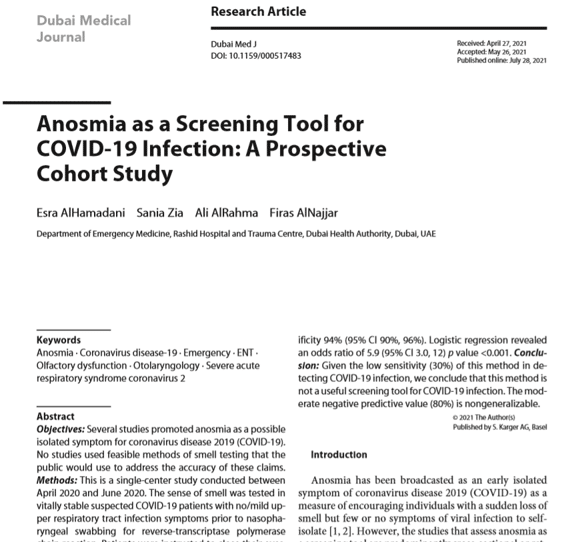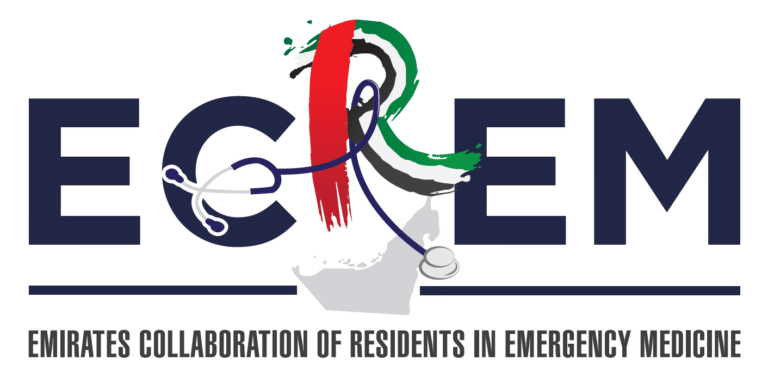Esra AlHamadani Sania Zia Ali AlRahma Firas AlNajjar
DOI: 10.1159/000517483
Abstract
Objectives: Several studies promoted anosmia as a possible isolated symptom for coronavirus disease 2019 (COVID-19). No studies used feasible methods of smell testing that the public would use to address the accuracy of these claims. Methods: This is a single-center study conducted between April 2020 and June 2020. The sense of smell was tested in vitally stable suspected COVID-19 patients with no/mild upper respiratory tract infection symptoms prior to nasopharyngeal swabbing for reverse-transcriptase polymerase chain reaction. Patients were instructed to close their eyes. Each nostril was tested separately while the other was blocked with the patient’s index finger. Patients inhaled from 2 concealed vials (coffee and strawberry essence) consecutively, kept within 30 cm of the nostril for 60 s. Patients who could not identify both odors with both nostrils were recorded as “anosmia.” Results: Out of 346 eligible subjects, 43 had anosmia of which 26 (60%) tested COVID-19 positive. χ2 test showed a p value <0.001. The test showed a sensitivity of 30% (95% confidence interval [CI] 21%, 41%) and specificity 94% (95% CI 90%, 96%). Logistic regression revealed an odds ratio of 5.9 (95% CI 3.0, 12) p value <0.001. Conclusion: Given the low sensitivity (30%) of this method in detecting COVID-19 infection, we conclude that this method is not a useful screening tool for COVID-19 infection. The moderate negative predictive value (80%) is nongeneralizable.




